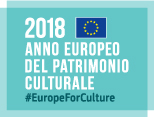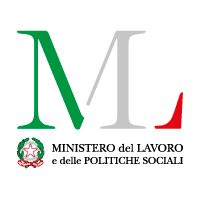Known in the 18th century as the Casino dei Giuochi d’Acqua, the Orangery at Villa Borghese – once used to shelter the citrus plants over the winter – is now an important cultural space: the Carlo Bilotti Museum. After decades of improper use and careful restoration, the Orangery was re-opened to the public in 2006, to house the contemporary art works donated to the city of Rome by generous, passionate collector, Carlo Bilotti. These are works collected over years of frequenting and friendships with the most important artists in our period. Among the works donated, there is a consistent core of works by Giorgio de Chirico, accompanied by works by Gino Severini, Andy Warhol, Larry Rivers and Giacomo Manzù.
The Carlo Bilotti Museum is part of the Musei in Comune network as well as of the accessibility programme, “Musei da toccare”. To offer deaf people a full and complete museum experience, the Museum projects a video in Italian sign language, with subtitles, on a mutimedia support. The video, also available online welcomes visitors and introduces the route of the visit. Through Zètema, Roma Capitale services company, it is also possible to reserve (email to didattica@zetema.it or tel. 060608) guided Museum visits, with Italian Sign Language translator or guide.
Opening times
October – May
Tuesdays to Fridays and public holidays: 10:00 – 16:00 (entry until 15:30)
Saturdays and Sundays: 10:00 – 19:00 (entry until 18:30).
24 and 31 December: 10:00 -14.00 (entry until 13:30).
June – September
Tuesdays to Fridays and public holidays: 13:00 – 19:00 (entry until 18:30).
Saturdays and Sundays: 10:00 – 19:00 (entry until 18:30).
Closed on:
Mondays, 1 January, 1 May, 25 December
For information about extraordinary opening and/or closing times, please see the specific page for Notices on the Museum website.
The Carlo Bilotti Museum is accessible. There is a wheelchair available for those with walking difficulties.
There is a lift operated by staff to move between one floor and the other.
There are some tactile boards available for partially sighted and blind visitors.
There is a totem with a video in Italian Sign Language, available also online, for deaf visitors.
The museum cafeteria offers a Braille menu.


